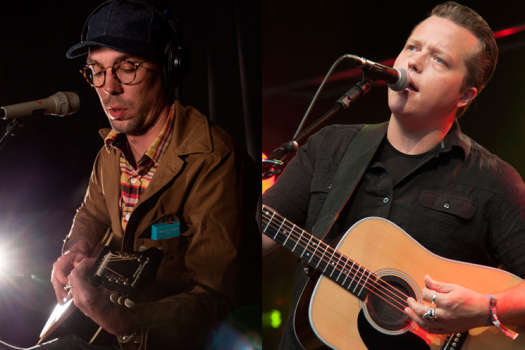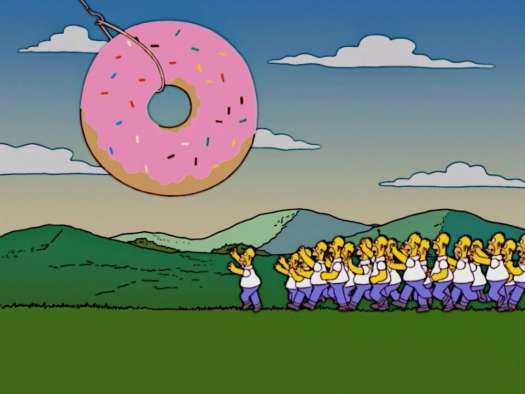The Rhythm Section certainly isn't the most plausible or original action-thriller you'll ever see, but it's visceral enough that it almost doesn't matter. That's almost entirely thanks to Blake Lively's raw, emotional performance as Stephanie, a woman on a quest for revenge after her family is killed in a plane crash.
The movie picks up three years after the crash. Stephanie's life has fallen off the rails and she's become a drug-addicted sex worker, which isn't a particularly nuanced portrayal of either grief or sex work. As Jude Law's character Boyd tells Stephanie: "Drugs, prostitution. It's not a tragedy — it's a cliché." It's a sadly lucid assessment of the character.
A journalist contacts Stephanie and reveals that the plane crash wasn't an accident, but rather the work of terrorists who are still roaming free. Our protagonist then goes full Liam Neeson with the help of former MI6 agent Boyd, who readies her for combat during a far-too-long training sequence in the Scottish Highlands.
From there, The Rhythm Section becomes a convoluted hunt for U17, the elusive mastermind of the plane bombing, as Stephanie becomes a literal assassin out for blood.
But even if the film doesn't quite achieve the cat-and-mouse cleverness of a truly great spy movie, it hits its groove with some grisly action sequences. The fight scenes are ugly and look like they actually hurt, full of queasy thuds and grunts. Brawls play out in lengthy single shots, and a careening car chase is chaotically filmed from the passenger seat. It feels like you're there in the car with Stephanie, because you really are.
The film's harsh tone is bolstered by some uncharacteristically badass performances from its leads. Jude Law has none of the smirking smarminess he's often known for, and is fully believable as a former agent living in exile. And then there's former Gossip Girl Blake Lively who, whether detoxing from drugs or duking it out in a bloody dogfight, always turns up the intensity to the max.
So even if the characters are a little simplistic, it's still a pleasure to bask in the glow of an actor pushing the thin source material to its limit.
(Paramount Pictures)The movie picks up three years after the crash. Stephanie's life has fallen off the rails and she's become a drug-addicted sex worker, which isn't a particularly nuanced portrayal of either grief or sex work. As Jude Law's character Boyd tells Stephanie: "Drugs, prostitution. It's not a tragedy — it's a cliché." It's a sadly lucid assessment of the character.
A journalist contacts Stephanie and reveals that the plane crash wasn't an accident, but rather the work of terrorists who are still roaming free. Our protagonist then goes full Liam Neeson with the help of former MI6 agent Boyd, who readies her for combat during a far-too-long training sequence in the Scottish Highlands.
From there, The Rhythm Section becomes a convoluted hunt for U17, the elusive mastermind of the plane bombing, as Stephanie becomes a literal assassin out for blood.
But even if the film doesn't quite achieve the cat-and-mouse cleverness of a truly great spy movie, it hits its groove with some grisly action sequences. The fight scenes are ugly and look like they actually hurt, full of queasy thuds and grunts. Brawls play out in lengthy single shots, and a careening car chase is chaotically filmed from the passenger seat. It feels like you're there in the car with Stephanie, because you really are.
The film's harsh tone is bolstered by some uncharacteristically badass performances from its leads. Jude Law has none of the smirking smarminess he's often known for, and is fully believable as a former agent living in exile. And then there's former Gossip Girl Blake Lively who, whether detoxing from drugs or duking it out in a bloody dogfight, always turns up the intensity to the max.
So even if the characters are a little simplistic, it's still a pleasure to bask in the glow of an actor pushing the thin source material to its limit.




